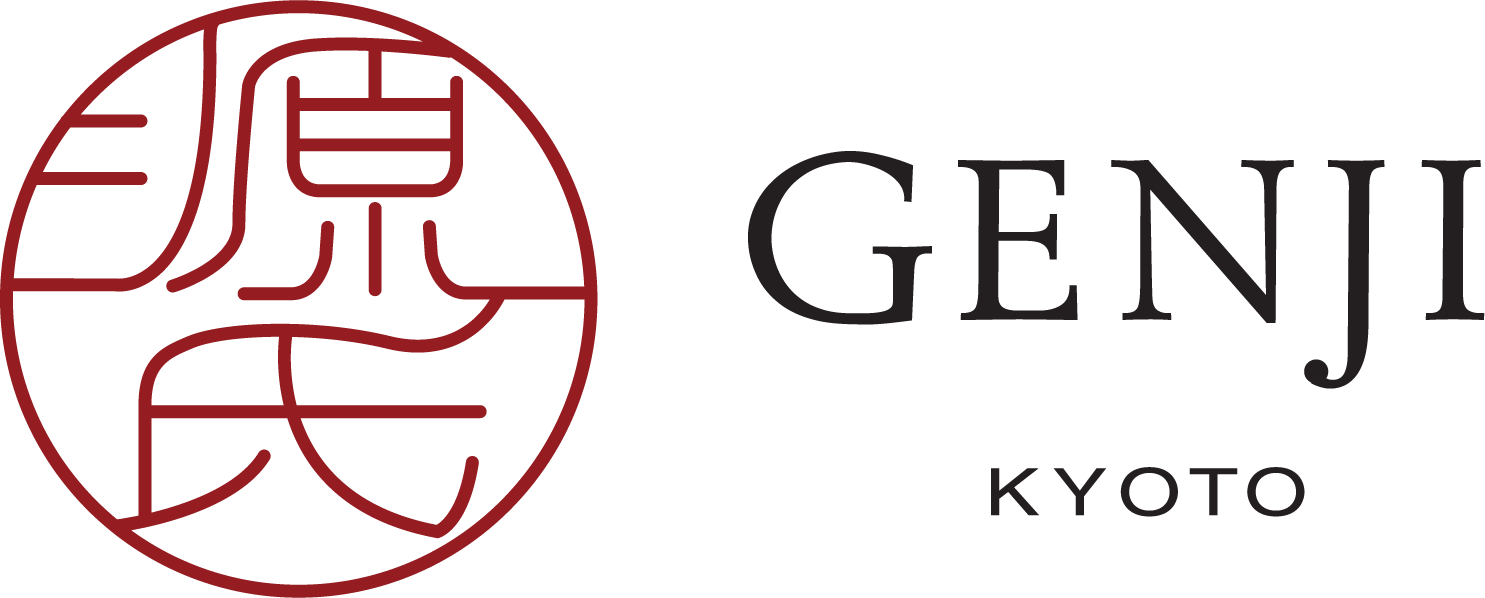Kyoto Calendar - Spring
March - April
We talked about a "hanatouro" illumination event in Arashiyama in December in our Winter blog. That was unfortunately the last such event to be held in that location. If you missed it, however, there is still one more to go, in another equally beautiful part of town. From March 4-13, 2022 there will be the final Higashiyama Hanatouro (lantern path) after 20 years. Thousands of lanterns will be placed on roadsides, and temples and shrines like Kiyomizudera, Yasaka Taisha and Kodai-ji in the area will be lit up at dusk and stay open longer. It is a wonderful time to stroll the labyrinth of lanes and alleyways and see the temple light-ups.
The likely days for "Hanami" (cherry blossom viewing) in Kyoto are from late-March to mid-April (depending on weather). Kyoto has some of the country's most favorable viewing spots. Kiyomizudera, Arashiyama, Philosophers’ Path, Nijo-jo Castle, Daigo-ji temple, Ninna-ji temple, to name just a few. Or one can just stroll along the Kamogawa River right by Genji Kyoto and enjoy flowers on both sides! Many shrines and temples have nighttime light-ups for truly breathtaking views. Visit early or late to avoid peak crowds, or seek out lesser-known spots that are no less beautiful, such as the Takase River just a couple minutes walk from the Genji Kyoto!
During the sakura season Japanese cuisine takes on the colours and flavours of the cherry blossoms and leaves - sakura mochi with leaf, "Hanami Dango" or sweet round dumplings, sakura rice balls, matcha and Warabi Mochi, even cookies and chocolates. Colors are so significant in Japan’s seasons that even the kimono color of this time (up until early May) is dominated by light green, symbolizing fresh leaves and new shoots. So keep an eye out not only for the pinks and greens in traditional Japanese shops and restaurants, but also on ladies kimonos!
Another popular activity in late March and April is watching geisha dances in historical dance halls. These are very serious annual performances impeccably choreographed and rehearsed. Be sure to get tickets through your concierge or tour operators.
May
Even before we get to May, azaleas will have started blooming. For most of the month, these colorful flowers from white and pink to shades of orange, red and purple can be seen all over Kyoto, some as precisely trimmed hedges, some spreading like wildfire on mountain slopes. They show up as spring colors in Shisendo and are profuse in Nijo Castle!
Early May is of course the celebrated (sometimes dreaded) Golden Week. It is important to know the 4 dates that, together with weekends, form the holiday "week". They are April 29 (Showa Day) and May 3 - May 6 (Constitution Day, Greenery Day and Children/Boys Day). Depending on where weekends fall, this so-called "week" varies from year to year. But it is safe to say that throughout the first week of May, travel and accommodation will be at their peak. However, unlike the 2 other long holidays (New Year in January and Obon in August), restaurants and shops stay open (though they are hard to book). Only banks, clinics and public offices are closed. The scenic spots will be very crowded, so it is best to enjoy the undiscovered gems and avoid the most popular magnets. Restaurants should be booked well in advance, and don't forget to check the weekend/holiday schedules (rather than the weekday ones) for trains and buses.
No May calendar in Japan is complete without the Aoi Matsuri, one of Kyoto's 3 biggest festivals (the other 2 being Gion Matsuri in July and Jidai Matusri in October). It is a grand affair with procession and shrine rituals, held on May 15 each year (canceled in 2020 and 2021 due to Covid). Hundreds of men, women, children are decked out in aristocratic costumes of the Heian period (794-1185), complete with horses, ox carts and ancient sedan chairs. They parade from the Imperial Palace at 10:30am, cross the Y-split of the Kamogawa to the Shimogamo Shrine, where ceremonies are performed, and finish at Kamigamo Shrine mid-afternoon. You can watch the procession along the parade route. There are also paid seats at the start and the end of the parade.
As a prelude to the Aoi Matsui, on May 3 there is a unique event called "Yabusame" (horseback archery) held in a forest at Shimogamo Shrine, which you can watch up close. The sight of fully costumed mounted archers shooting arrows at targets in a forest setting is spectacular.
Genji Kyoto's guest experience ambassadors will be happy to help you find the best spots, make reservations or design itineraries that suit your interests.
